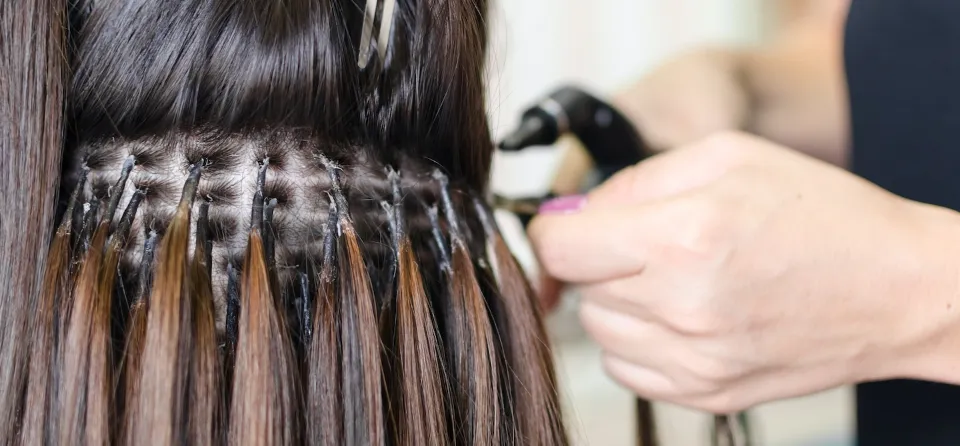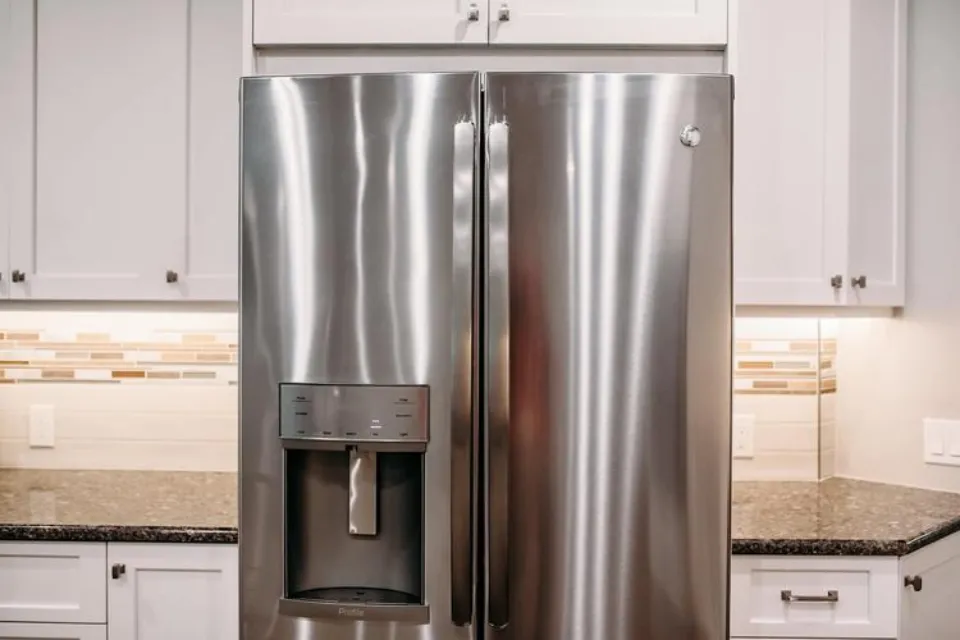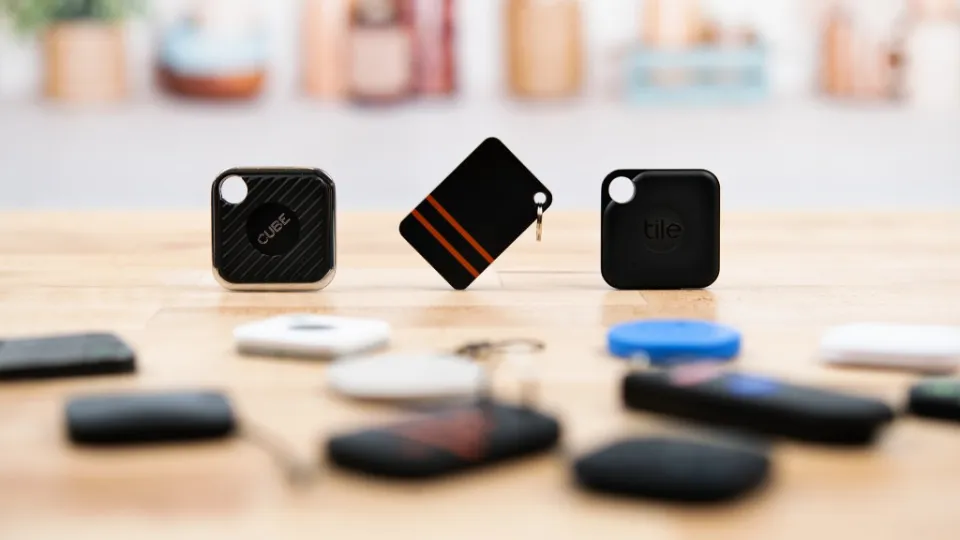If you’re considering getting hair extensions, you’re probably researching which method of attachment is best for you.
The least harmful extensions available are taped-in ones. We do not advise using extensions, though, if your hair is fragile or damaged.
How Long Do Tape in Extensions Last?
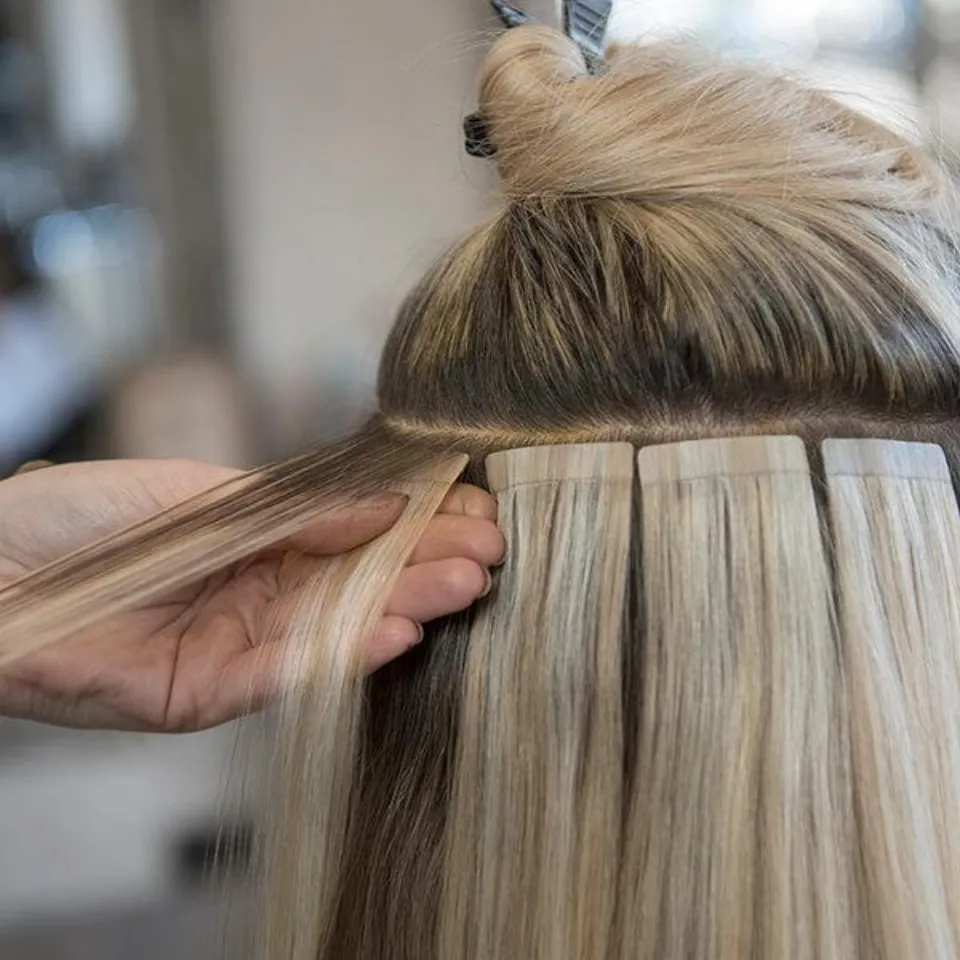
Tape in hair extensions are intended as a non-permanent hair extensions method only. To prevent damage to your natural hair, they frequently need breaks in between fittings.
Before they need to be changed or reapplied, tape-in extensions typically last 4 to 8 weeks. If your hairstylist advises a break from your tape ins, follow their advice at all times.
Great for weddings, nights out, and vacations, but potentially harmful over time. We suggest micro ring or miniature micro ring hair extensions if you’re looking for a long-term fix. They are completely damage-free and a fantastic replacement for tape-in hair extensions!
Do Tape in Extensions Damage Your Hair?
Tape-in hair extensions really can harm your natural hair. However, there shouldn’t be any cause for concern about long-term damage if you have them applied by a professional, don’t wear them frequently, and take proper care of them.
Although the average tape weighs only 2 grams, it can harm natural hair irreparably if it is applied improperly. This is why you must never attempt to apply them yourself.
A skilled hair extension specialist will also warn you that they can easily become sticky and that tying them up can make the hair mat. When having your tapes fitted, you should always heed the maintenance and care instructions given to you.
In the course of removal, there might also be some degree of damage. The adhesive is frequently removed in salons using a solvent based on acetone. Damage to hair can occur from any solvent application. Find out how the extensions are removed by speaking with the salon before having your tape extensions installed. Try out a different hair extension technique, like clip ins or micro rings, if protecting your natural hair is your top priority (as we think it should be).
How to Apply Tape in Extensions
You might picture hair attached to scotch tape that you stick to your hair when you think of tape hair extensions. Thankfully, this is not the case. Real human hair can be attached to tape-in hair extensions using medical-grade adhesive close to the root of your own hair.
Extensions are used to make your hair appear longer or fuller while your natural hair grows. Temporary and semi-permanent extensions are a good way to get the style you want without having to wait because hair growth can be slow, especially depending on your hair type.
Permanent hair extensions are not what tape-in hair extensions are. As an alternative, they are 4–8 week semi-permanent extensions. With adhesive tape, these extensions are attached in straight rows. To prevent harm when removing the tape, leave at least an inch between the adhesive and your scalp.
You might not want your entire head covered in tape extensions. Apply them evenly or have them done by a professional, especially when it comes to taping extensions at the back of your head, whether you want more length or thicker volume.
How to Wash Hair With Tape in Extensions
Washing your hair when wearing tape in extensions is very similar to washing your natural hair. You just need to be mindful of the products you are using and how you apply them.
On your tape-in extensions, only ever use sulfate-free shampoo and conditioner. Using products that contain sulfates can strip the hair of moisture causing it to become dry and brittle. Because of this, your extensions will last for less time. In addition, you should be careful not to wash the tapes with shampoo or conditioner. This might make your hair extensions slide off. Apply your shampoo or conditioner to the mid-lengths of your hair and work downwards.
Make sure to dry the tapes as soon as you wash your hair.
You will also need to show up for in-salon maintenance appointments to keep your tape ins looking their best.
To avoid the tapes folding, matting, dropping, or creating traction on the natural hair with this method, maintenance of the hair extensions is advised five times per week. Traction alopecia (bald patches, thinning spots, and redness) can result from this stress on the scalp.
Additionally, be sure to inquire about the removal of your tape-in hair extensions from your salon. The removal of the tapes, thorough washing, and blow drying of your hair are required before the tapes can be reconditioned and reapplied, making maintenance appointments time-consuming. The most challenging part of removing tape is usually getting rid of the adhesive, so many salons opt to use an acetone-based solvent. The remover can cause damage to the natural hair if not carried out by an expert.
The Pros and Cons of Tape in Extensions
Pros:
- Fast application
- Reduced strain due to flat application
- Seamless blend
Cons:
- Use of adhesives and solvents
- Potential for slipping, folding and matting
- Flat bonds can cause difficulty styling
- Short term solution
Should I Get Tape Extensions Or Clip in Extensions?
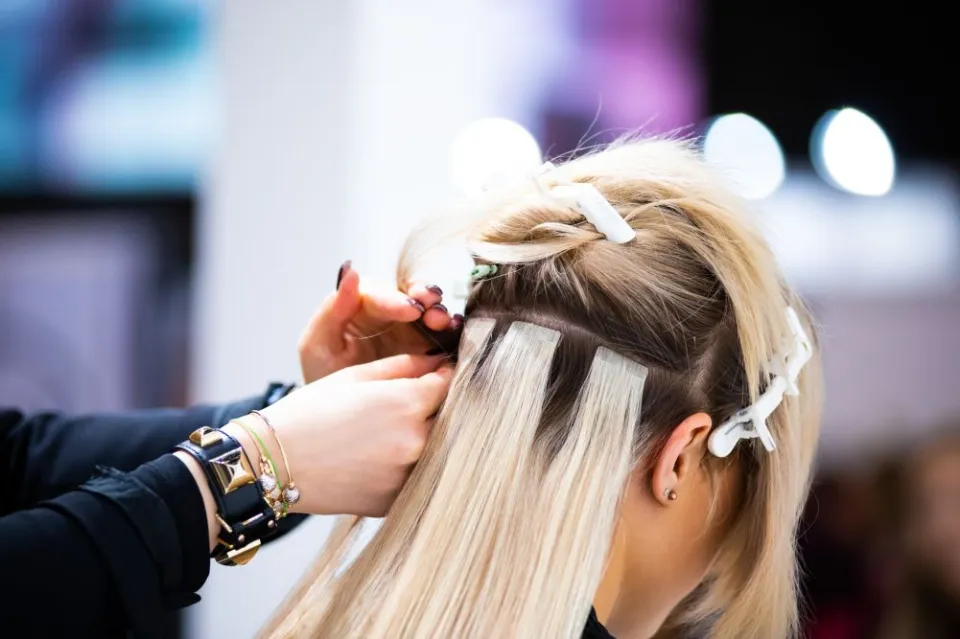
The main difference between tape-in hair extensions and clip in hair extensions is the weight. The adhesive tape used in tape extensions is lighter, grows with your hair, and is easy to remove.
If you wear clip-in extensions every day, their weight may result in thinning hair or even bald spots. But that doesn’t mean clip-in extensions are bad; you just need to be careful about how much pressure you put on your hair and how frequently you use them.
Give your hair a rest in between applications of extensions, especially if you are using heavy ones to lengthen or thicken it.
It also depends on your type of hair. We don’t suggest using extensions if your hair is fragile or damaged. Even mild tape extensions could harm your skin, especially if they’re not applied correctly.
Can You Shower With Tape in Extensions?
As long as you don’t do it often, you can take a shower with taped-in extensions. Over-washing your hair can cause your hair’s bonds to deteriorate, which will eventually lead to the removal of your tape-in extensions. If you’re not washing your hair while you’re in the shower, wear a shower cap. At most, you should wash your hair twice a week with tape in hair extensions.
How to Remove Tape Extensions
To remove tape extensions, you will need the right tools. Do not try to simply pull out tape extensions. Damage and balding may result from doing so.
An appropriate solute must be used to dissolve the adhesive’s bonds instead. To aid in the process, you can spray acetone or alcohol on top of this solute. Gently pull the extensions away from your natural hair by peeling them off once the adhesive is wet and loose.
To completely remove the solution and glue from your hair, you might need to wash it several times.
It is crucial to be cautious and patient when using hair extensions, regardless of the type. Taking breaks between using hair extensions can give your hair and scalp the rest they require to prevent breakage and other problems, even though you might want to keep your hair looking longer or fuller.
Caring for Tape-in Hair Extensions
You can curl, straighten, and even color the extensions darker with Remy human hair tape-in extensions because they offer the same styling flexibility as other extensions. While hot styling tools can be used with tape-ins, it’s best to avoid heat near the root or bonds as this will melt or breakdown the adhesive.
It’s also recommended to keep the roots and bonds as dry as possible, this means avoiding washing around these areas as well as investing in a good dry shampoo for no-wash days.
Conditioners and oil-based products are also bad for tape-ins because they reduce the adhesive’s stickiness, especially after a few weeks of wear. It’s important to look for sulfate-free shampoos and conditioners when washing your hair with tape-ins because mixing with these products may cause the extensions to slip or come loose.
Maintaining tape-ins requires minimizing friction with the bonds as well. As tape-in extensions cannot be removed and stored at the end of the day like clip-in extensions, for example, professionals recommend loosely clipping up the hair or putting it in a loose braid at night before bed.
Brushing the tape-in extensions frequently is also recommended. Use a hairbrush made for hair extensions, such as a Loop Hair Extensions Brush, to ensure that your natural hair and your extensions blend together without tangles. Be sure to avoid brushing from the root or bond and don’t brush the hair when wet as the hair is more vulnerable and prone to breakage.
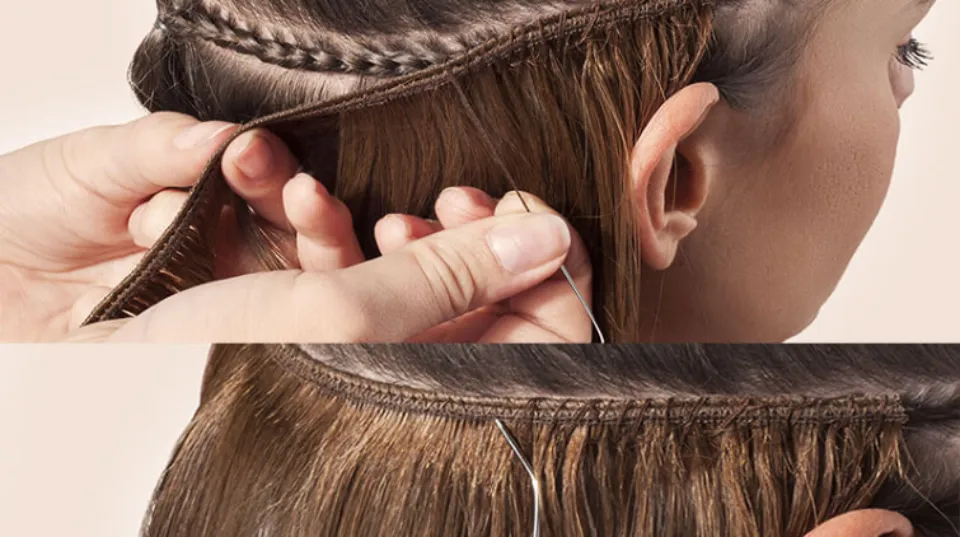
Conclusion
Extensions are an excellent way to lengthen your hair, add volume, or even experiment with a new color or hue without risk. However, regardless of whether you are working with a sewn-in hair installation, a wove-in box-braid singles, or simply clipping in realistic-looking hairpieces, you must exercise the proper caution and care to reduce hair loss and breakage. Also, remember that as much as wearing extensions can be very addictive when you land a style that works for you, be sure to take timely breaks between sessions to allow your scalp to breath and repair any sustained follicular damage.

